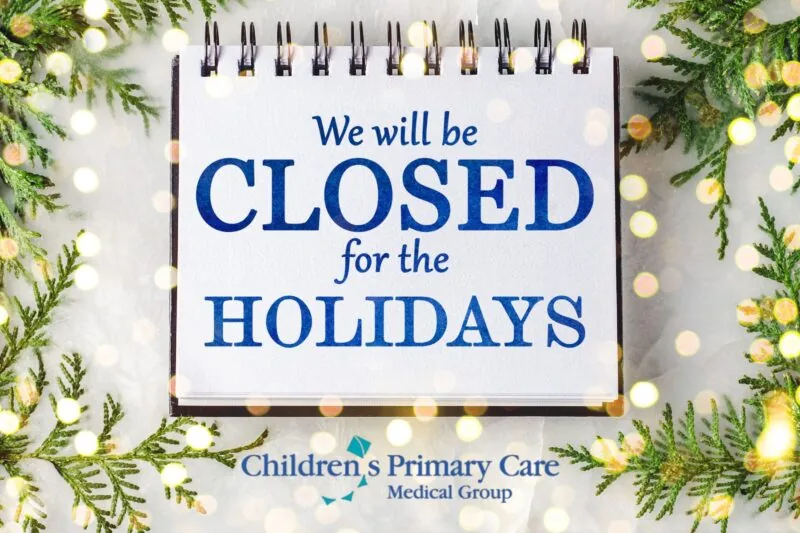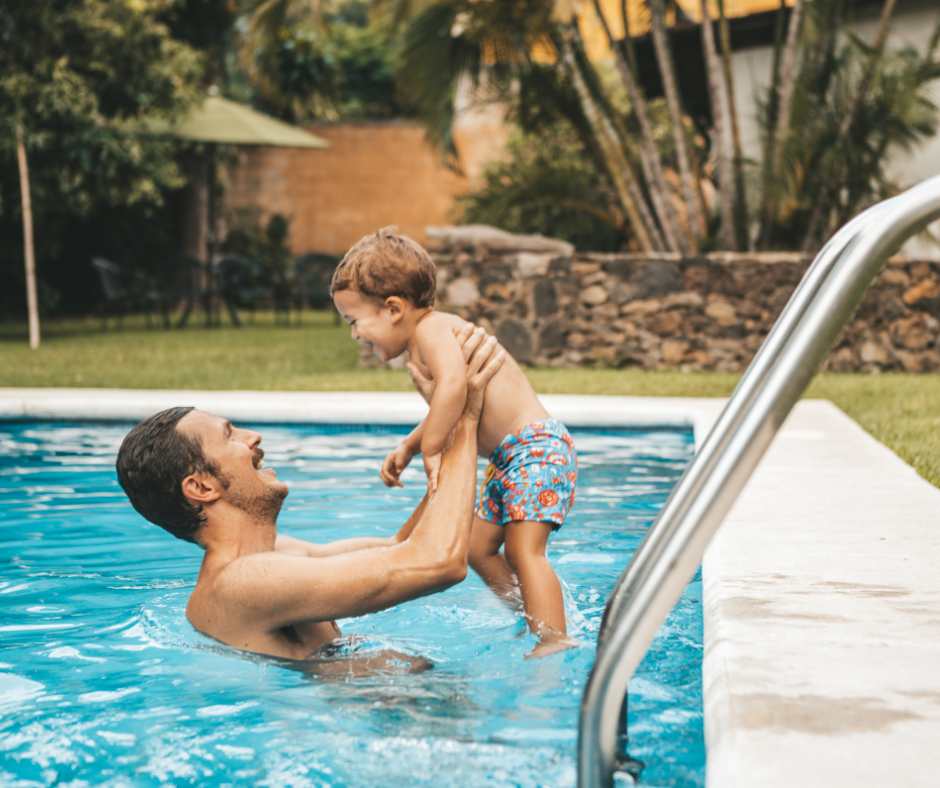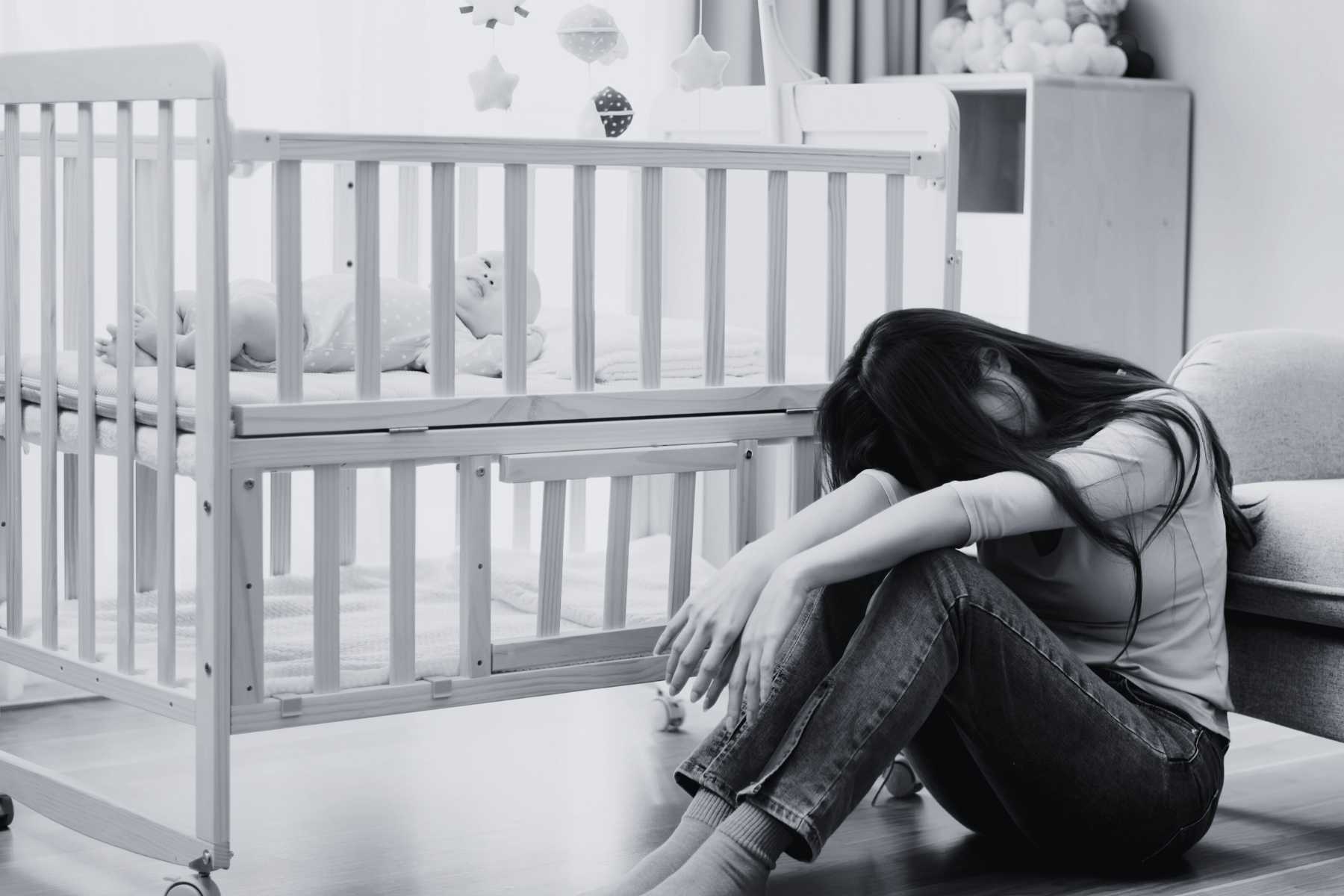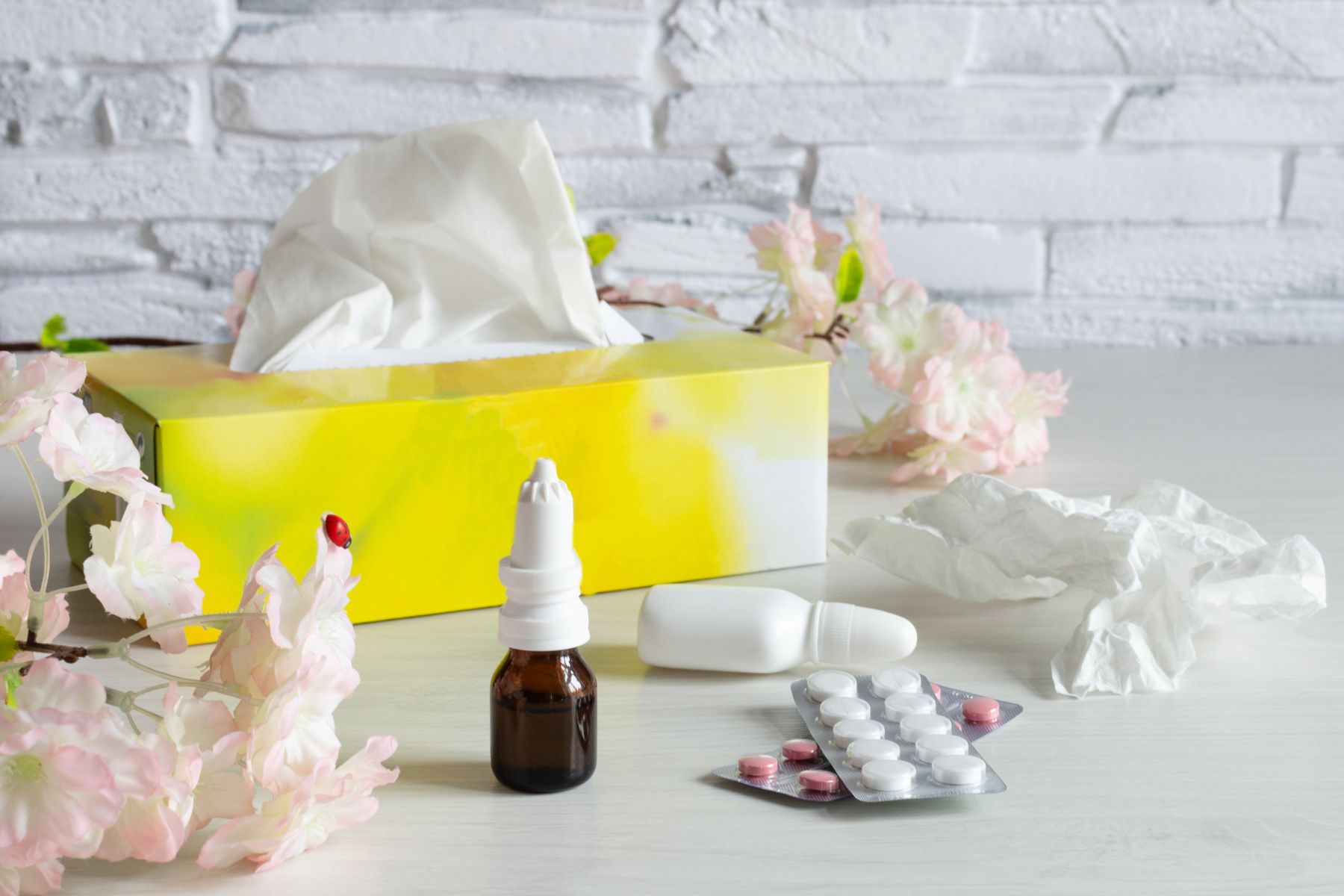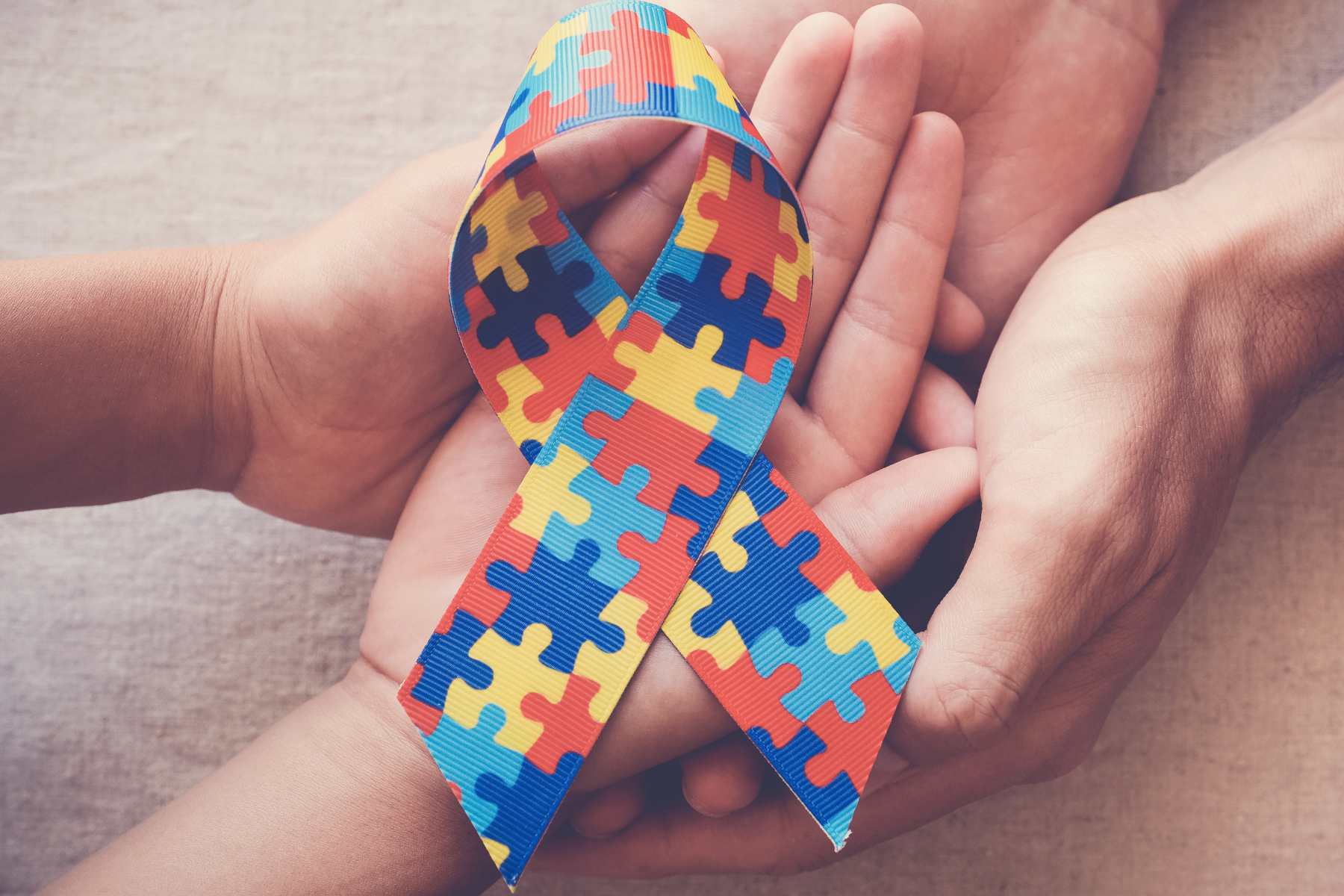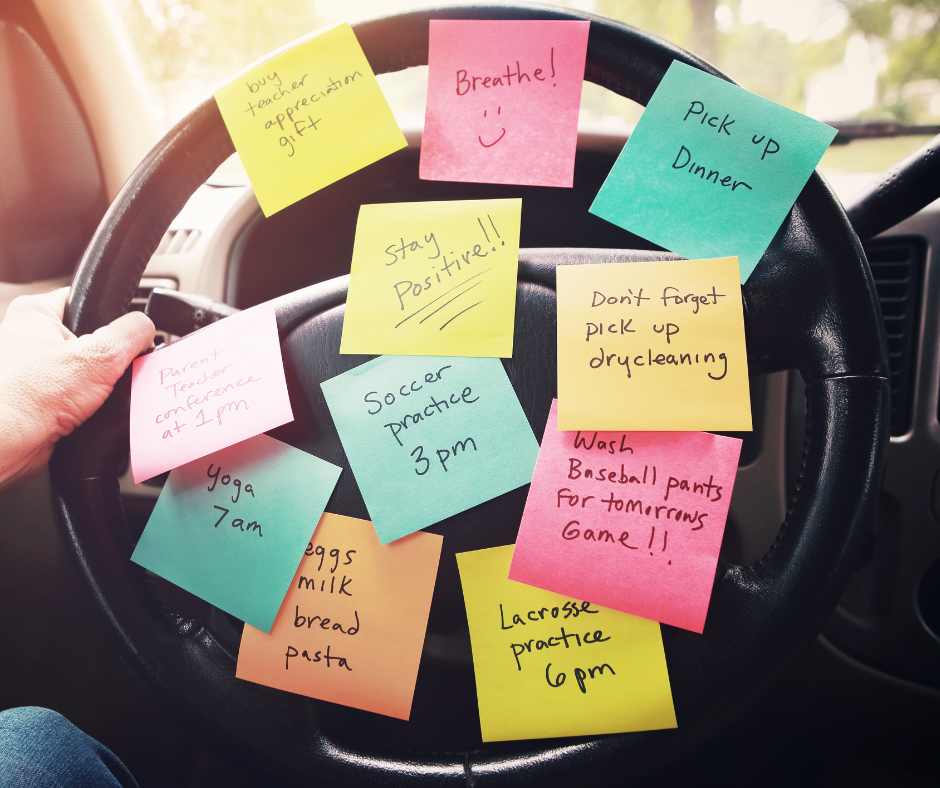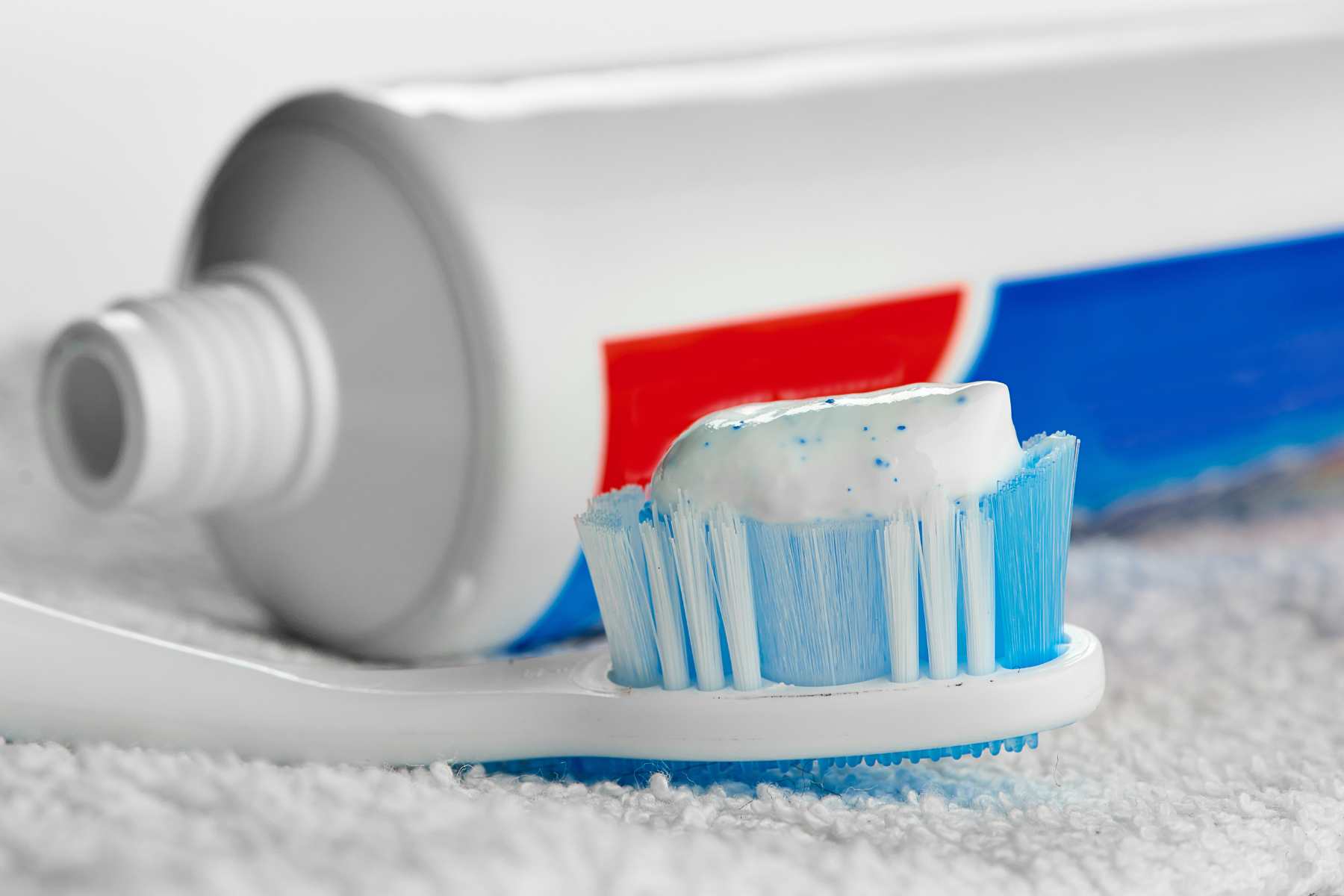CPCMG announces 2025-26 holiday hours
In celebration of the holiday season, CPCMG offices will have adjusted hours. Please plan accordingly and reach out if you have any questions or need assistance before the holiday break!
Continue ReadingSix Summer Water Safety Tips
Whether your kids are swimming in the ocean or splashing around in a small inflatable pool, parents must be vigilant about water safety. Accidental drowning is the leading cause of
Continue ReadingTen signs of postpartum depression
The birth of a baby brings joy and excitement but for some new parents, it can also lead to feelings of worries and sadness often called the “baby blues.” These
Continue ReadingSix Important Tips for Men’s Health
Did you know that men in the United States die about six years earlier than women?* Between downplaying physical symptoms or being afraid to learn they might have a medical
Continue ReadingFive tips to help manage spring allergies
After a very wet winter, the super bloom and a super allergy season is off to a strong start! With all the extra pollens blowing in the air, even people
Continue ReadingAutism: At a Glance
One out of every 36 children are diagnosed with autism spectrum disorder (ASD) in the United States.* Here is what you need to know: · ASD is a neurodevelopmental disorder
Continue ReadingSeven Tips to Reduce Parenting Stress
Seven Tips to Reduce Parenting Stress Feeling stressed about how much needs to get done every day? From getting the kids to and from school, dropped off at practices, tutoring
Continue ReadingHow to talk to your kids about gambling
March Madness is in full swing and college basketball teams across the country are playing for a spot in the NCAA tournament. Maybe you’ve been asked to make a friendly
Continue ReadingAll About Flouride
Most of us know that fluoride prevents cavities, but did you know it can even repair and reverse tooth decay? Fluoride protects our teeth by preventing mineral loss in tooth
Continue ReadingAfraid of the dentist? How to prep for a great visit
For some adults, going to the dentist is a terrifying thing. Just imagine how kids may feel! Dentophobia, or fear of the dentist, is a real thing and can be
Continue Reading
